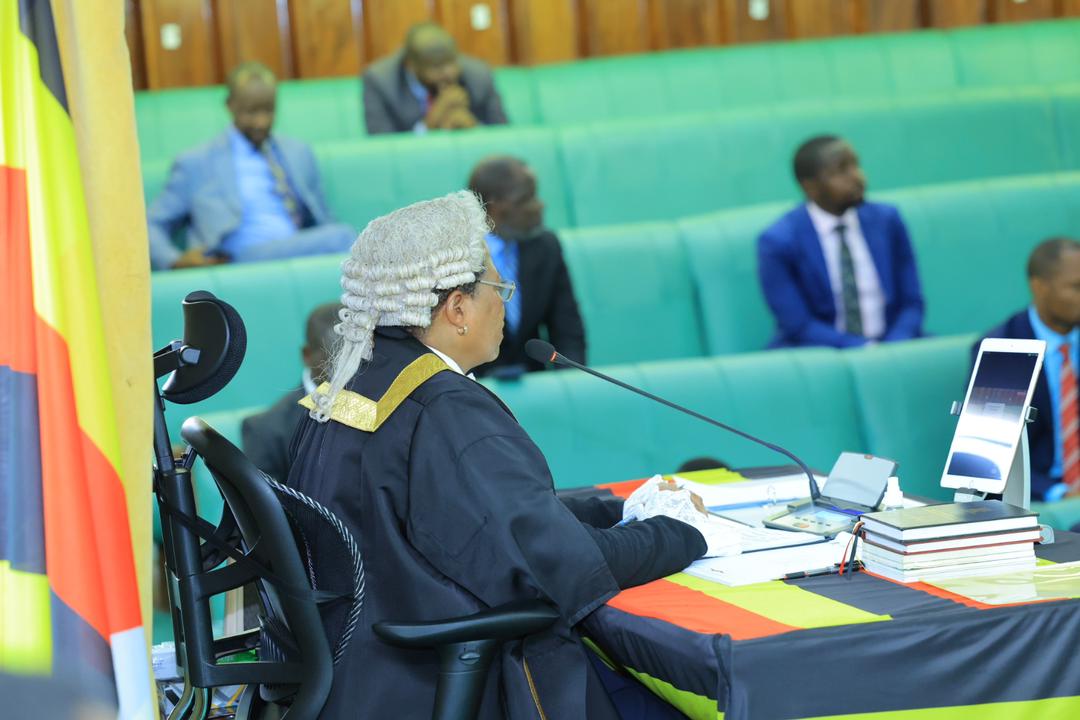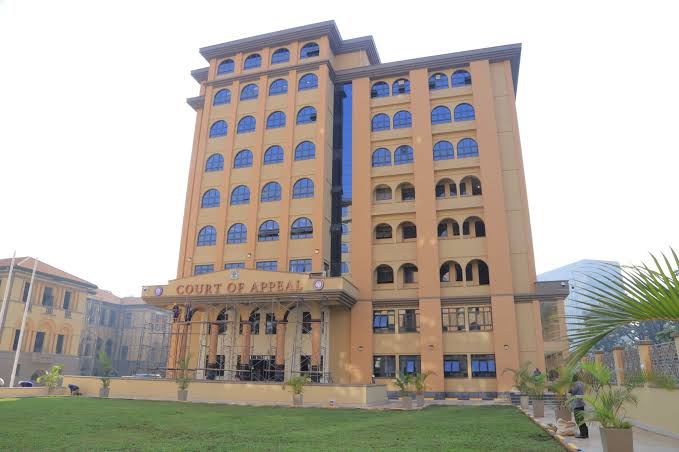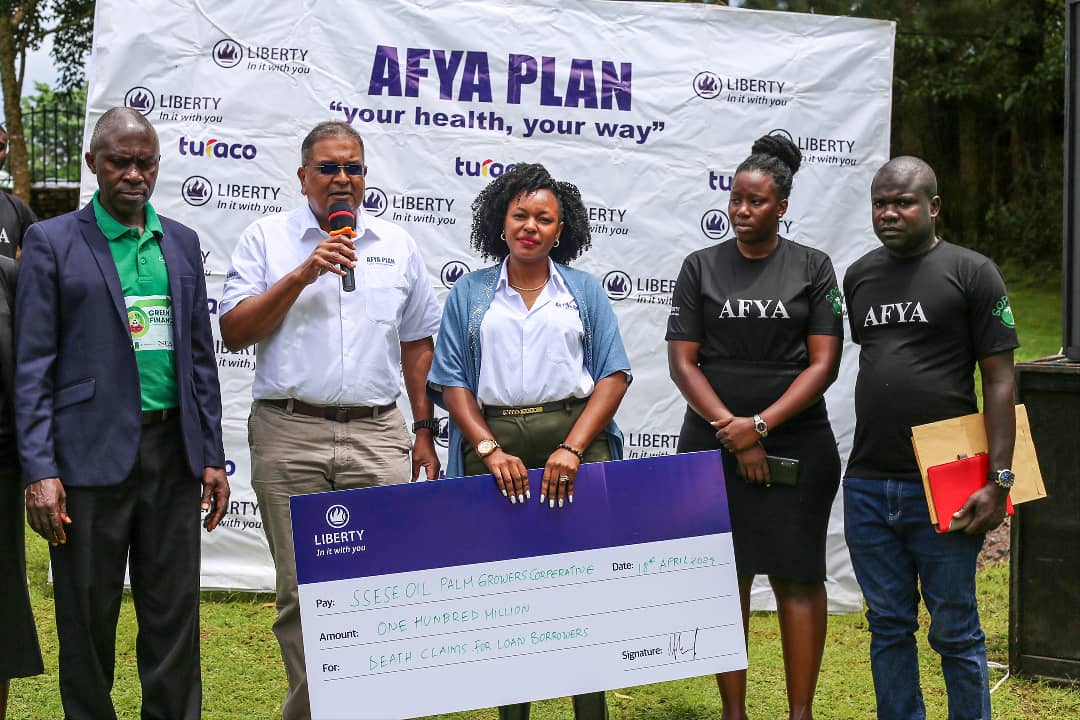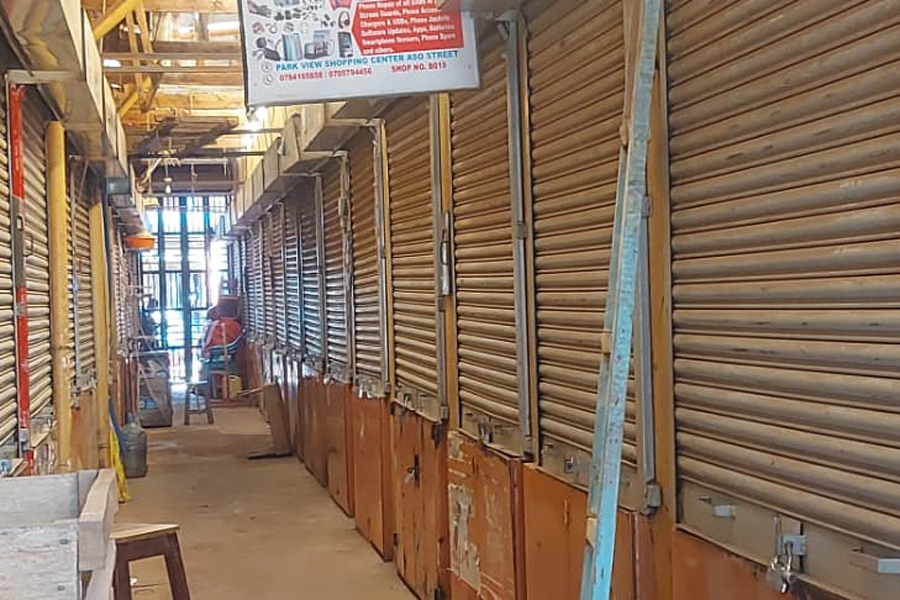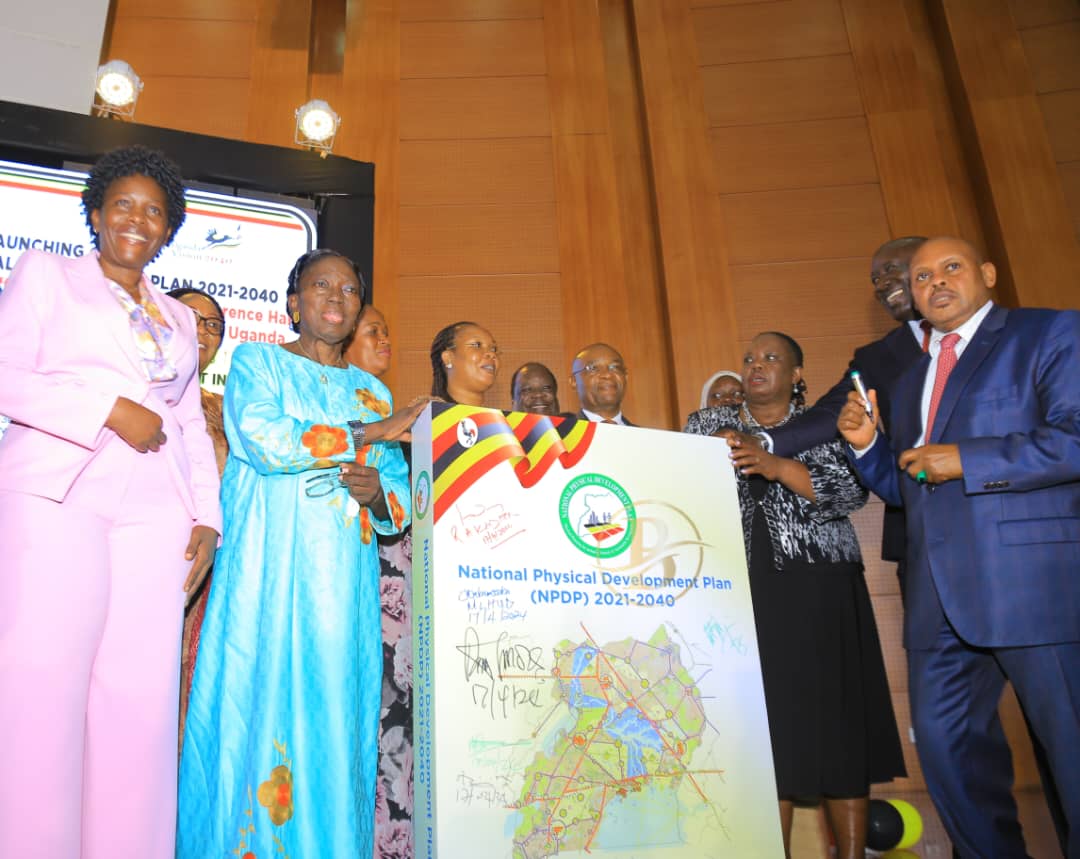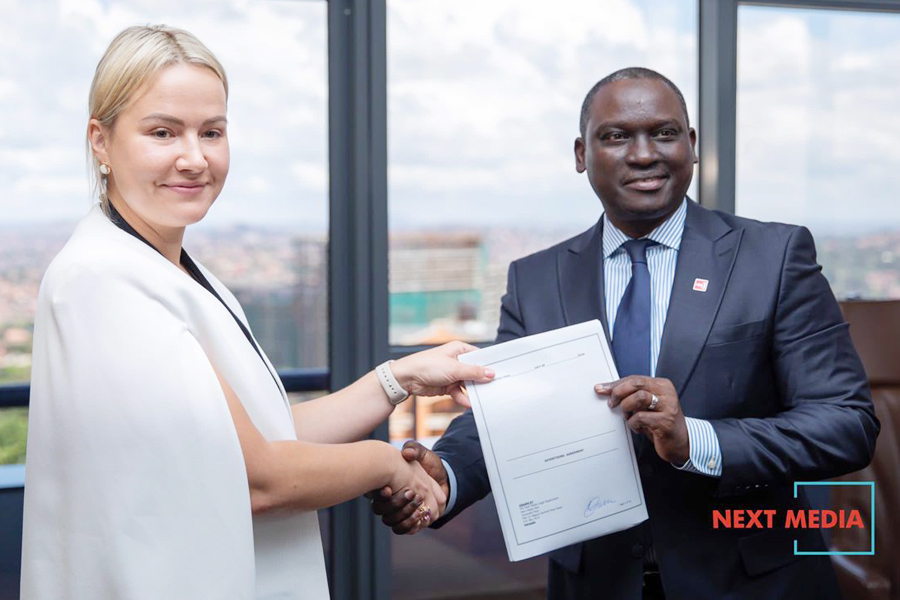What is VW BlueMotion and will it save me money?
By Okello Samuel
The majority of Volkswagen enthusiasts have seen this word written behind several Volkswagen cars for a very long time. This has made people ask the necessary questions with no avail of a less technical explanation.
Keep Reading
In this week’s write-up, we delve into the true meaning and hidden dogma behind this wonderful technology hidden inside these cars and what they mean to the lay person.
In 2008, Volkswagen unveiled a menu of technologies that promised to make its vehicles more fuel-efficient and better for the environment.
Innovations included things like nitrogen oxide reduction, hybrid electric drive and regenerative braking systems. Individually, each of these concepts promised to move the needle towards more sustainable transport, but, together, they seemed game changing.
Customers didn’t have time to read through all the incremental efficiency increases that its innovations brought to the automotive sector. Thus, what the automaker needed was something simpler that could capture everything it was doing. So, it invented BlueMotion as an umbrella for its entire range of new efficiency technologies.
In the following years, VW launched a range of standalone BlueMotion models, easily identified by their enhanced body kits and flat-faced wheels. Thus, the term “BlueMotion” can either refer to the name of a particular model (such as the Polo BlueMotion) - usually the most fuel-efficient in its class. Or it can relate to BlueMotion Technologies (BMT), indicating that it has some BMT features.
BlueMotion Technologies
Volkswagen BlueMotion is a combination of technologies, designed to increase fuel economy and reduce emissions, which together are known as BlueMotion.
These Technologies include:
Start/stop technology – the engine is automatically turned off when the car’s not moving and automatically restarts when brake pedal is released in stop and go situations.
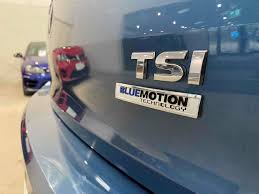
Brake energy recuperation – the energy lost when your brake is recycled and used for acceleration.
Low rolling resistance tyres –reduced friction between the tyre and the road means less energy is used to move the car.
Aerodynamic styling – tweaks are made to the styling, which improve the car’s aerodynamics.
Turbocharged engines – more power, but only when needed, ordinarily less power and lower fuel consumption.
Stop/Start engine systems
Before BlueMotion, when vehicles came to a halt, the engine would continue running. This meant that the car continued to burn fuel even when they weren’t moving, decreasing efficiency, and creating exhaust pollution. VW’s stop/start technology stopped the engine from ticking over when driver came to a halt and reactivated it quickly once they needed to move again.
Brake energy recuperation
VW wanted a way of using the kinetic energy of their vehicles as drivers braked and feeding it back into the engine somehow. They used the concept of “engine braking” to turn the forward kinetic energy of the vehicle into an output that would power the alternator - the part of the car that charges the battery from the engine. They would then use the extra electricity from the battery to reduce the load on the engine, improving overall mileage.
Low rolling resistance tyres
Low rolling resistance tyres work by using a combination of unique compounds and treads to reduce the rolling resistance coefficient - the rolling resistance force divided by the load on the wheel. When the rubber contacts the ground, it generates less friction, decreasing energy loss.
Aerodynamic styling
BlueMotion made a series of aerodynamic improvements to standard VW car chassis to reduce the amount of drag that they generated. Improvements included lowering the suspension, improving grilles and bumpers, and adding spoilers. Upgrades also focused on improving the situation under the car - an area where airflow patterns can increase resistance. Engineers tightened panel gaps and even added side skirts to BlueMotion cars.
Turbocharging
The use of turbocharged engines as part of the Volkswagen BlueMotion technologies package is designed to deliver increased power only when you need it and a less powerful, less fuel intensive engine when you don’t.
Engine improvements
VW made improvements that would reduce the production of nitrogen oxides (NOx); particles that are bad for human health and the environment. To do this, they improved their diesel particulate filters which work by using filtration methods to capture large exhaust particles that would otherwise escape from the engine. They also started using better oxidizing catalytic converters.
Enhanced gearbox ratios
VW noticed that it could improve the efficiency of its standard TDI engine gearboxes by making the last two ratios longer. It was a slight trade-off: better energy consumption in exchange for slightly decreased performance at higher speeds.
Will BlueMotion save me money?
As with many things fuel related, the answer is in the number of kilometers you cover yearly. If you’re a low mileage driver or even an average mileage driver you will be using less fuel and helping the planet.
This changes even better if you’re a high mileage driver, BlueMotion will save you money significantly.
Models with BlueMotion Technology
Cars with BlueMotion Technology first hit the scene in 2006 with the introduction of the Polo Mark IV. Most VW models built after 2010 featured some elements of BMT technology.
However, it didn’t make sense for VW to have one factory line producing conventional vehicles, and another churning out BlueMotion parts. They then chose to transition all compatible cars over to the technology.
If you’re in the market looking for a VW with BlueMotion Technology and aren’t sure whether the model you want has it, you can always contact us at S-Line Motors LTD to get the car’s exact specifications. This information will tell you whether the vehicle has BlueMotion technology or not - and precisely the efficiency improvements that it offers.
The BlueMotion models all had efficient diesel engines with stop-start technology, low rolling-resistance tires, and unique exterior styling. In terms of the rest of their components, they were similarly specked to VW’s regular entry-level S models.
OKELLO SAMUEL
B.Eng. Automotive and Power Engineering
Technical Director
S-Line Motors LTD
Plot 6, Ojara Close, Mbuya
https://goo.gl/maps/bEGeVEN7tUVTqHnu8
0779745722 / 0708000888




